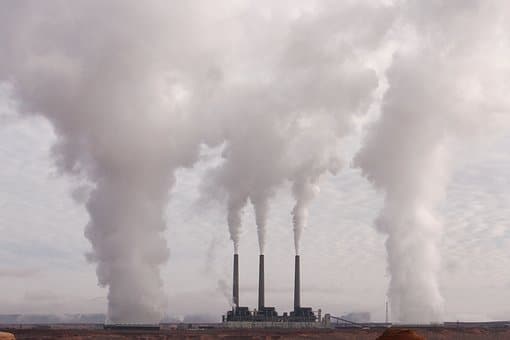U.S. EPA Plans New Approach to Limit Emissions From Existing Gas-Fired Power Plants

The Environmental Protection Agency’s upcoming rule to limit carbon dioxide emissions from fossil fuel-fired power plants will omit existing natural gas-fired plants, according to a Feb. 29 statement. The rule is expected in April. The agency plans to take a new approach to address emissions from the existing gas-fired fleet, covering more pollutants and ensuring better protection for communities.
The statement drew strong reactions with environmentalists expressing disappointment over the move to delay the rules for existing natural gas power plants, which account for a significant portion of carbon emissions in the power sector.
Sen. Sheldon Whitehouse (D-RI) criticized the approach noting that the upcoming rule “applies only to coal, which is dying out on its own, and to new gas power plants that are not yet built.” Given that existing gas plants represent the vast majority of future carbon emissions from the power sector, Whitehouse observed that “it is inexplicable that EPA, knowing of these emissions, did not focus this rulemaking on existing gas-fired plants from its inception.” New gas power plants are estimated to account for a mere four percent of planned generating capacity in 2024, implying that most of the new grid capacity will be carbon-free this year.
The Clean Air Task Force, an environmental organization, called EPA’s move to delay pollution standards on existing gas plants a disappointing setback to regulate power sector emissions. Noting that EPA has not provided a timeline for when new rules for existing gas plants will be finalized, the group said that without regulation,the share of power sector emissions from these plants is projected to nearly double by 2040.
Meanwhile, the American Petroleum Institute, which represents the U.S. natural gas and oil industry, welcomed the move saying that the announcement comes amid utility concerns about the reliability of the electric grid, particularly as coal-fired power generation is being phased out. Natural gas accounts for over 40 percent of U.S. electricity generation helping the nation achieve CO2 emissions reductions through fuel switching in the power sector and complementing variable renewable resources, the trade group noted.
Last May, EPA proposed new rules to limit carbon dioxide emissions from fossil fuel-fired power plants, with emission limits phasing in over the next decade. The proposed standards were designed to rely on carbon capture and sequestration, low-emission hydrogen co-firing, and natural gas co-firing technologies to achieve emissions reductions. Starting in 2030, the rule would have required more emissions control at fossil fuel-fired power plants that operate more frequently and for more years and sought to phase in increasingly stringent requirements over time. EPA projected these proposals would cut 617 million metric tons of carbon dioxide through 2042, and deliver up to $85 billion in climate and public health benefits over the next two decades. Fossil fuel power plants produce 25 percent of all emissions in the U.S.
EnerKnol Pulses like this one are powered by the EnerKnol Platform—the first comprehensive database for real-time energy policy tracking. Sign up for a free trial below for access to key regulatory data and deep industry insights across the energy spectrum.
ACCESS FREE TRIAL